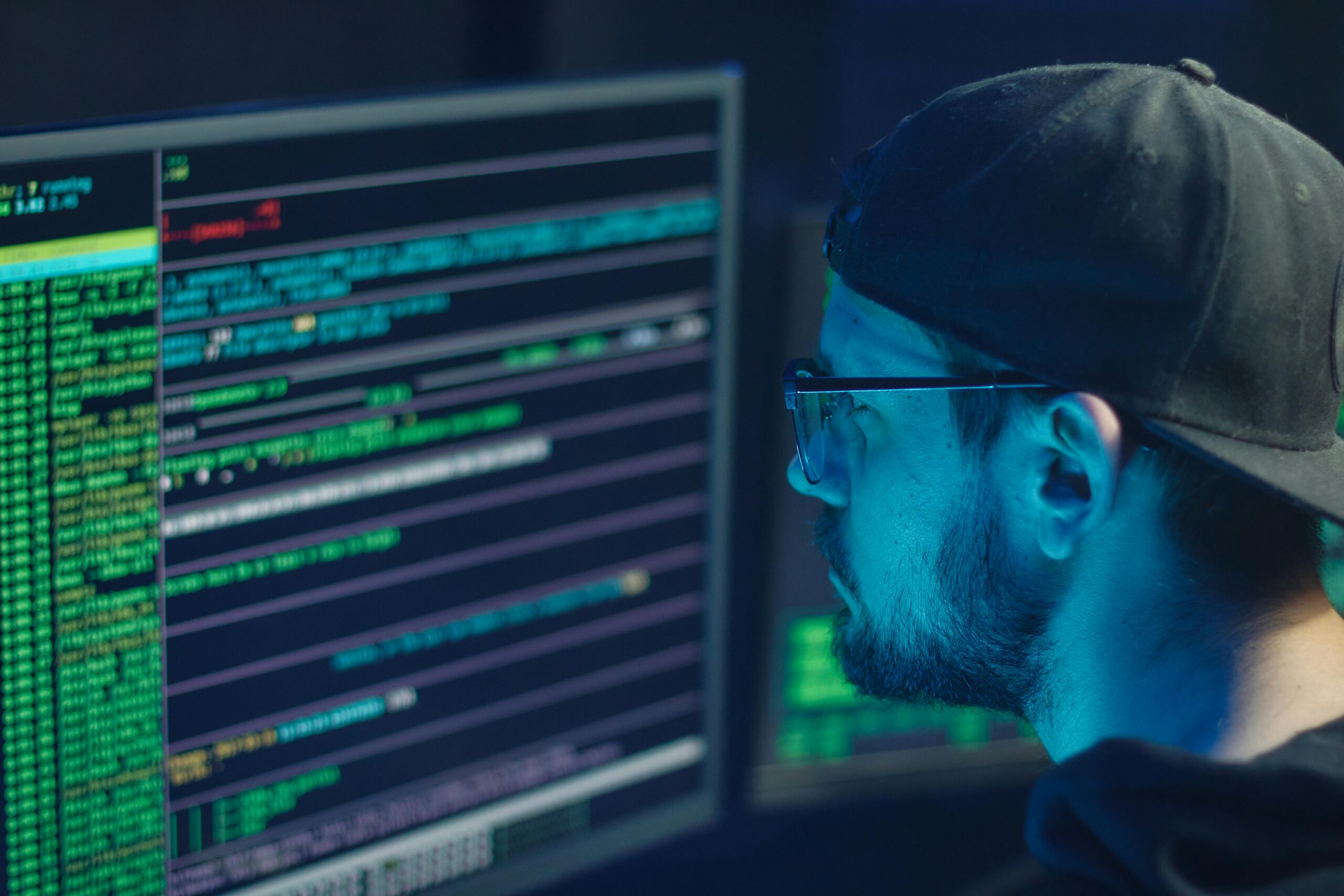The Role of Blockchain in Enhancing Cybersecurity and Data Privacy
Introduction
Cybersecurity and Data Privacy: Cybersecurity threats are rising, with data breaches, identity theft, and hacking becoming more sophisticated. Traditional security measures rely on centralized databases, which are vulnerable to attacks. Blockchain, with its decentralized and immutable nature, offers a new approach to cybersecurity and data privacy by securing transactions, identities, and data access.
How Blockchain Enhances Cybersecurity
-
Decentralization Reduces Single Points of Failure
- Traditional systems store data in centralized databases, making them prime targets for hackers.
- Blockchain distributes data across multiple nodes, making it nearly impossible to compromise the entire system.
-
Immutable Records Prevent Data Tampering
- Blockchain’s cryptographic structure ensures that once data is recorded, it cannot be altered or deleted.
- This prevents fraud, unauthorized modifications, and data manipulation.
-
Enhanced Identity Management & Authentication
- Instead of passwords (which can be hacked), blockchain-based identity solutions use cryptographic keys and biometrics.
- Example: Self-sovereign identities (SSI) allow users to control their own personal data instead of relying on third parties like Google or Facebook.
-
Secure Messaging and Communication
- Messaging apps can use blockchain to encrypt messages, preventing third parties from intercepting private conversations.
- Example: Status is a decentralized messaging platform using blockchain for privacy.
-
Protection Against DDoS Attacks
- Distributed Denial-of-Service (DDoS) attacks overwhelm centralized servers.
- Blockchain distributes data across a network, making DDoS attacks much harder to execute.
-
Smart Contracts for Secure Transactions
- Automates and secures financial transactions without intermediaries.
- Reduces fraud in online payments, insurance claims, and contract enforcement.
READ ALSO: 10 most in-demand enterprise IT skills in 2025
How Blockchain Improves Data Privacy
-
Zero-Knowledge Proofs (ZKP)
- Allows users to prove something is true without revealing sensitive data.
- Example: You can prove you’re over 18 without sharing your birthdate.
-
Confidential Transactions & Data Masking
- Cryptographic techniques like zk-SNARKs (Zero-Knowledge Succinct Non-Interactive Argument of Knowledge) ensure transaction details remain private.
- Example: Monero & Zcash use privacy-focused blockchain transactions.
-
User-Controlled Data Sharing
- Instead of companies owning user data, blockchain lets users decide who can access their data.
- Example: MediBloc secures patient records, allowing patients to share data only with chosen healthcare providers.
Cases of Blockchain in Cybersecurity
- IBM & Maersk (TradeLens): Secure supply chain tracking.
- Estonia’s e-Government System: Uses blockchain for secure citizen data storage.
- Microsoft’s ION (Decentralized Identity): Aims to replace traditional logins with blockchain-based authentication.
- Brave Browser: Uses blockchain to protect user privacy by blocking ads and trackers.
Challenges & Limitations
- Scalability Issues: Blockchain networks like Ethereum face congestion and high transaction fees.
- Regulatory Uncertainty: Governments are still adapting to blockchain-based security solutions.
- Quantum Computing Threat: Future quantum computers could break current cryptographic security.
Future of Blockchain in Cybersecurity & Privacy
As more companies and governments adopt decentralized identity solutions, encrypted messaging, and private transactions, blockchain will become a key player in securing digital assets, personal data, and online interactions.
Would you like me to continue with Decentralized Identity Systems: The Future of Secure Online Authentication? 🚀
